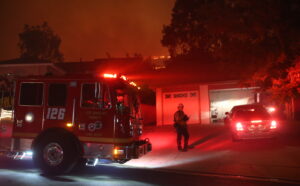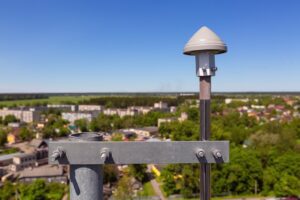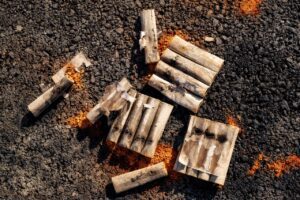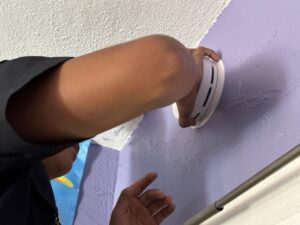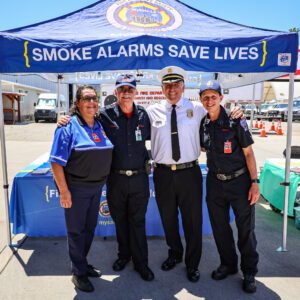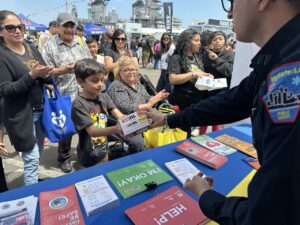This week, Los Angeles is buzzing with memories of the 1994 Northridge earthquake. At 4:31 on the 17th of January in 1994, a significant earthquake ripped through the San Fernando Valley, northwest of downtown Los Angeles. Although centered in Reseda, the “Northridge” quake as it is known, killed 57 people, sent 1,600 to area hospitals, and injured more than 8,700.
From a scientific perspective, this was an interesting quake, and quite different from the one most eyes are trained on: the San Andreas. When the San Andreas next rips, it will shift the ground side to side – a slip fault. The Northridge fault pushed up – a blind thrust fault called the Pico fault.
The Northridge quake wasn’t a particularly large quake on the magnitude scale – a 6.7 magnitude, but it was one of the most destructive local quakes ever recorded in North America. A freeway overpass on the Santa Monica Freeway collapsed more than 20 miles from the epicenter.
What amazes us at MySafe:LA is the wealth of information available from that quake, and the lack of interest by many in Southern California. The next big quake is coming. It may be catastrophically larger than Northridge. The Northridge quake lasted approximately seven seconds, although the ground rocked and rolled for approximately 20 seconds. The San Andreas fault could shake Los Angeles for more than four minutes.
We’re learning more about new and potentially deadly faults all the time. Hollywood has been at the center of a battle over the construction of new buildings close to fault lines. And, with good reason. The USGS is worried that a major quake in Hollywood would kill or injure more than a11,000 people, cause more than $20 billion in damage, and literally destroy the Hollywood area. Fire following a quake like that could bolt not only through Hollywood itself, but the neighboring Hollywood HIlls. It was fire that destroyed most of San Francisco after the Big 1906 quake, and more than 110 fires destroyed blocks of buildings following the Northridge quake.
MySafe:LA encourages everyone in Los Angeles to become QuakeSmart:LA. Our educational programs are designed to help residents, businesses, schools, and visitors to be prepared in the event of a major catastrophe. Visit our QuakeSmart:LA section, attend one of our presentations, and become interested in making sure your community is prepared for the Big One.


